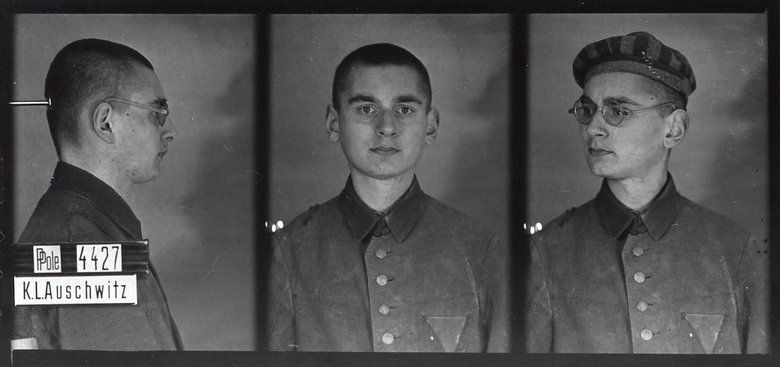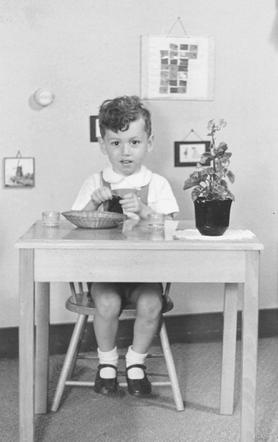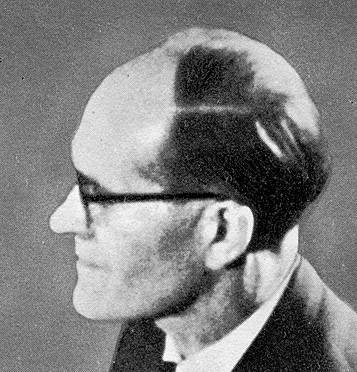
6 March marks the European Day of the Righteous, established in 2012 by the European Parliament.
See this thread to learn stories of Righteous Among the Nations recognized by @yadvashem linked with the history of the German Nazi camp #Auschwitz.
See this thread to learn stories of Righteous Among the Nations recognized by @yadvashem linked with the history of the German Nazi camp #Auschwitz.
#Auschwitz survivors Zofia Kossak-Szczucka and Władysław Bartoszewski were honoured for their work in "Żegota" - the Polish Council to Aid Jews en.wikipedia.org/wiki/%C5%BBego… 



Civilian Józef Wrona help two Jewish prisoners of Auschwitz to escape. sprawiedliwi.org.pl/en/stories-of-… | More in our online lessons about escapes: lekcja.auschwitz.org/pl_15_ucieczki/ 



Prisoner of #Auschwitz Maria Chodnikiewicz took care at #Auschwitz of a Jewish woman Hana Kampel.
#Auschwitz Prisoner Maria Kotarba helped a Jewish prisoner Lena Mańkowska auschwitz.org/en/museum/news… 



Prisoner Jerzy Pozimski saved in #Auschwitz a Greek Jew Jacob Maestro yadvashem.org/yv/en/exhibiti…
#Auschwitz prisoner Jerzy Bielecki saved Cyla Cybulska - they escaped from the camp together. sprawiedliwi.org.pl/en/stories-of-… 

Ludwig Wörl protected Jewish prisoners from maltreatment, gave them extra food and clothing and helped many escape the death marches. yadvashem.org/yv/en/exhibiti… 

Dr. Adélaïde Hautval was a prisoner in Auschwitz who treated fellow inmates and refused to assist in the medical experiments. yadvashem.org/yv/en/exhibiti… 

Lorenzo Perrone, a civilian worker in #Auschwitz, risked his life to help save Primo Levi by bringing him food daily for half a year. yadvashem.org/yv/en/exhibiti… 

Dr. Ella Lingens treated fellow prisoners in #Auschwitz and managed to save a number of Jews from the gas chambers. yadvashem.org/yv/en/exhibiti… 

Stanisława Grodzicka-Sierzputowska, using her position as a functional prisoner in the lavatory and later in the washroom, hid the Jewish women assigned for selection. Thanks to her help, Liba Feldman and Rywka Sztajn survived. 

Jane Haining, a @churchscotland missionary in #Budapest became a prisoner of #Auschwitz. She received number 79467. She perished in the camp on 17 July 1944.
Haining is the only Scot recognized as a Righteous Among the Nations.
Haining is the only Scot recognized as a Righteous Among the Nations.

During the #Holocaust there were thousands of people who refused to be passive in the face of the evil by helping & rescuing Jews, often at risk to their own lives and the lives of their families. We remember them to teach #responsibility for the world we live in today.
• • •
Missing some Tweet in this thread? You can try to
force a refresh














